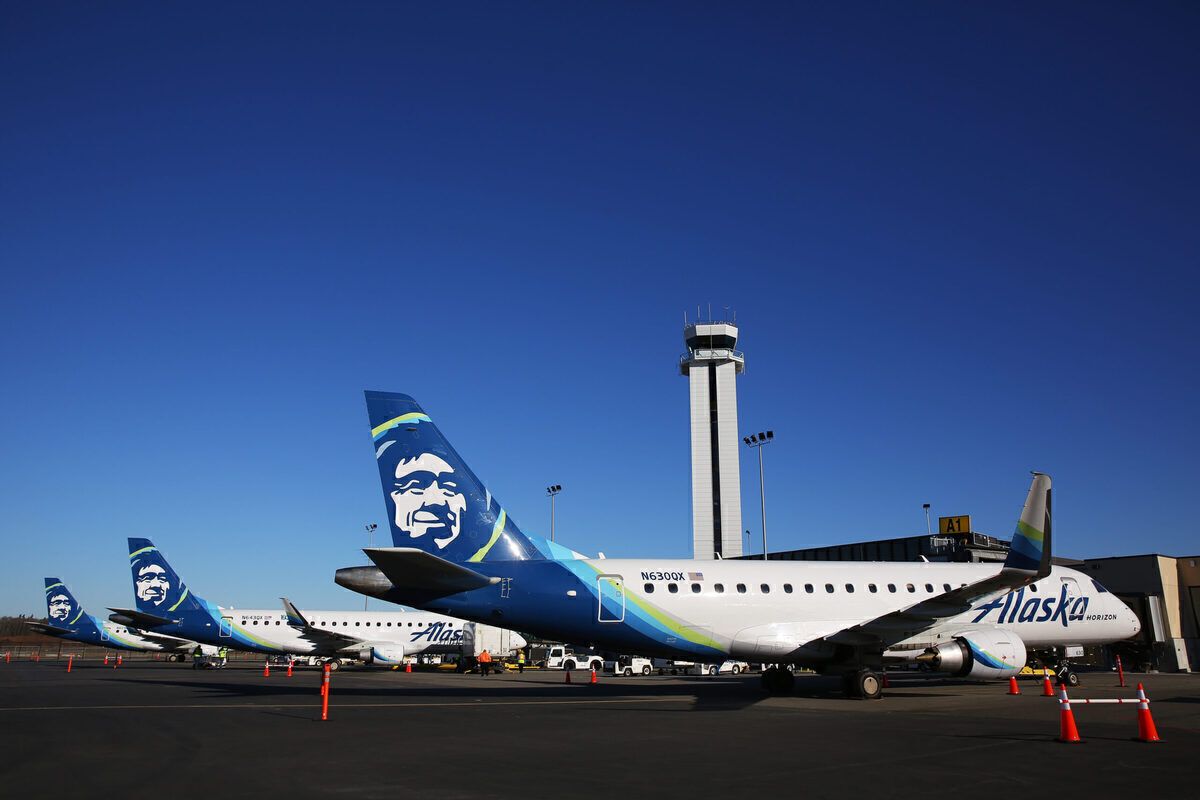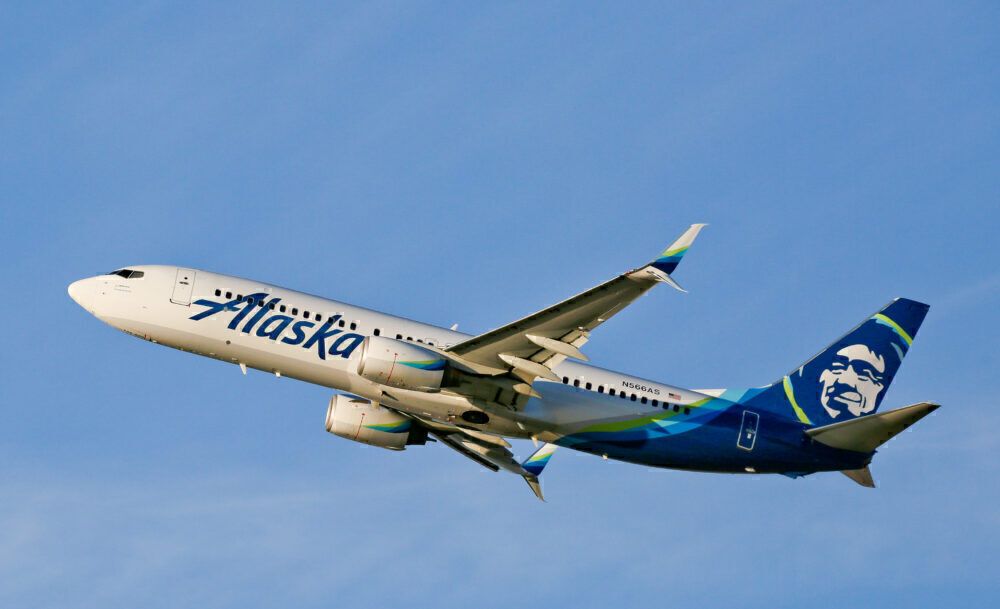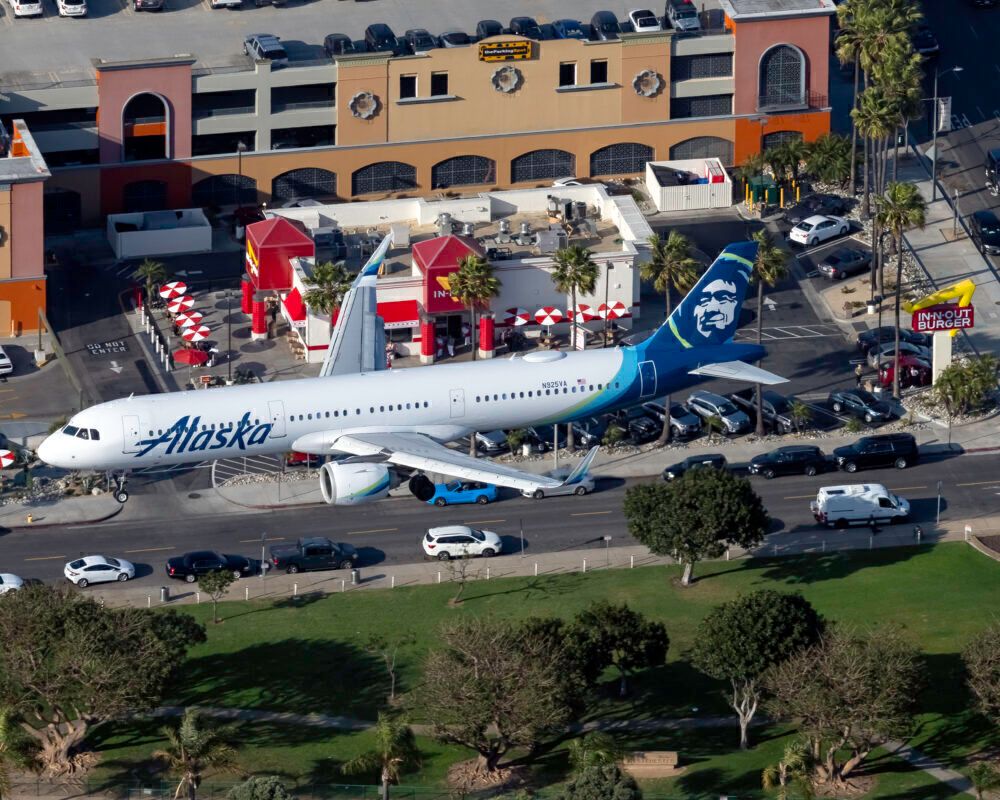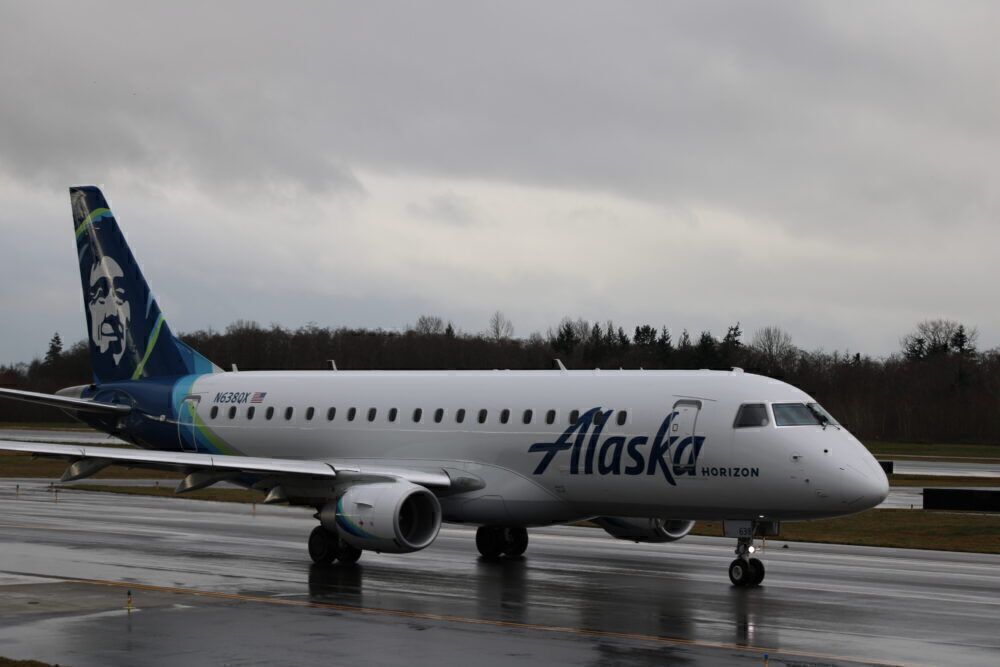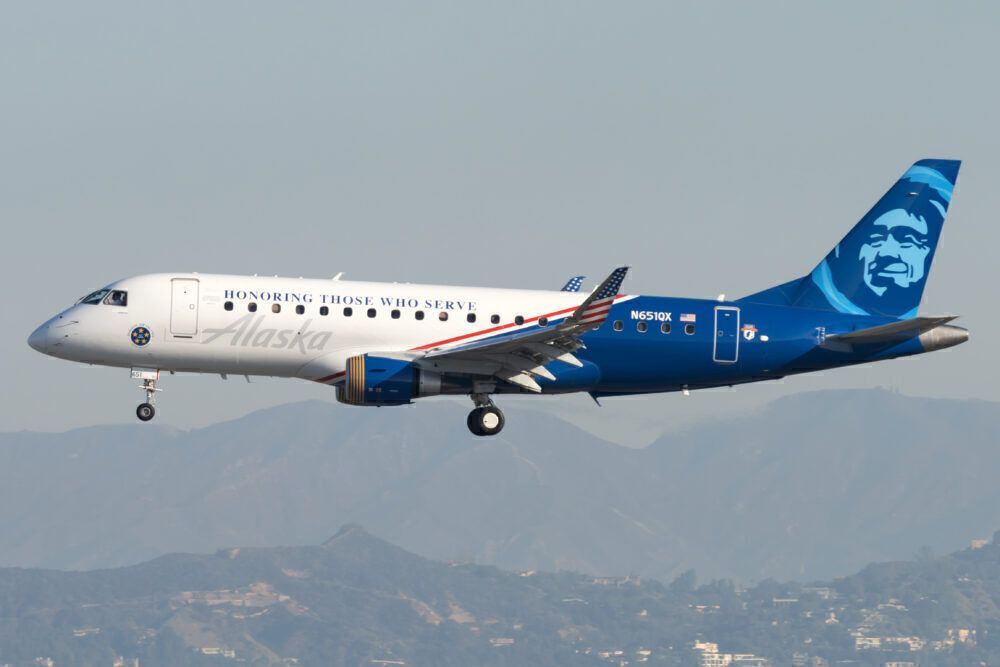Choosing the right aircraft for a route takes a lot of analysis and planning. Alaska Airlines frequently does well in this regard. Alongside the airline's latest route announcement out of Santa Rosa, Simple Flying got a chance to speak with Brett Catlin, Alaska's Vice President of Network and Alliances, on how the airline chooses a particular aircraft for a particular route.
The length of the flight
Airlines mostly choose to add new routes where they can become profitable. In some instances, profitability takes a few months or even years to get to on a route. However, maximizing the chances for profitability is a delicate art that Alaska Airlines' team has mastered. The big calculus around that is what aircraft the airline will use for a new route.
Mr. Catlin explained the following on how the length of a flight plays into choosing a route:
"[The Embraer E175] is an amazing aircraft at around 500 miles. That's its sweet spot. Its CASM, based on our math, is more competitive than a big mailine jet at 500 miles, and so for a market like Sonoma-Burbank, it's absolutely perfect.
“It's a great aircraft. I personally love flying on it. Then, when you start to get into 750 miles - 1000 miles, we want to fly mainline. We have really good mainline economics. We have a great mainline value proposition and incredible crew. While we might start a longer haul market, like an LA - Austin on an E175, our goal is that eventually a market like LA – Austin is a mainline market. We see the E175 as being a developmental aircraft for those missions, whereas for Sonoma – Burbank, it's kind of the permanent aircraft."
Alaska's fleet
Alaska Airlines has a mixed fleet of all narrowbodies, including Airbus, Boeing, Embraer jets, and Q400 turboprops. At the end of 2020, the airline had the following fleet:
- Three Boeing 737 freighters
- 11 Boeing 737-700s
- 61 Boeing 737-800s
- 12 Boeing 737-900s
- 79 Boeing 737-900ERs
- 21 Airbus A320s
- 10 Airbus A321neos
- 32 Q400 turboprops
- 62 Embraer E175s
The Embraer jets have served Alaska well. The carrier has already announced plans to add a host of new routes with the aircraft this year. Late last year, the airline also brought those jets up to Alaska to enable the airline to offer more consistent services to various communities.
Stay informed: Sign up for our daily and weekly aviation news digests
The power of the Embraer E175
Santa Rosa to Burbank holds significance in Alaska's network. While it is not the most flashy new route, it is part of the airline's West Coast strategy. In response to startup Avelo Airlines, Santa Rosa is a market where Alaska has a strong brand presence, and it wants to ensure its customers can fly with them on routes out of the city.
The E175 is a great option for that route, according to Alaska. It will likely be the jet that serves the route for as long as Alaska flies it, and it will allow the airline to operate both a domestic first class experience and standard economy.
In addition to routes like that, Alaska has added some more point-to-point flying, of which a great example is a recent route from Idaho to Texas:
"One of the best, recent examples is Boise – Austin. That's a route that Alaska, a couple years ago, would have never considered. But with the E175, with our desire to be the largest carrier in Boise to fully serve that market with the American partnership, suddenly an unserved market like Boise – Austin was a great opportunity to us."
Alaska's Embraer E175s have room for 76 passengers, with room for 12 in first class, 12 in extra-legroom economy, and 52 in standard economy. This three-product plane works well on thinner routes where there might not be a lot of demand initially but is still a route where the airline needs to offer a more differentiated and premium experience.
As Alaska takes new mainline aircraft and streamlines its fleet skewed more closely toward Boeing jets, expect the airline to look at some of its E175 routes that were started to develop a route to be upgauged to, for example, a Boeing 737. One of those to look out for will be Los Angeles to Austin.
Are you a fan of the Embraer E175? Which mainline Alaska jet is your favorite? Let us know in the comments!

